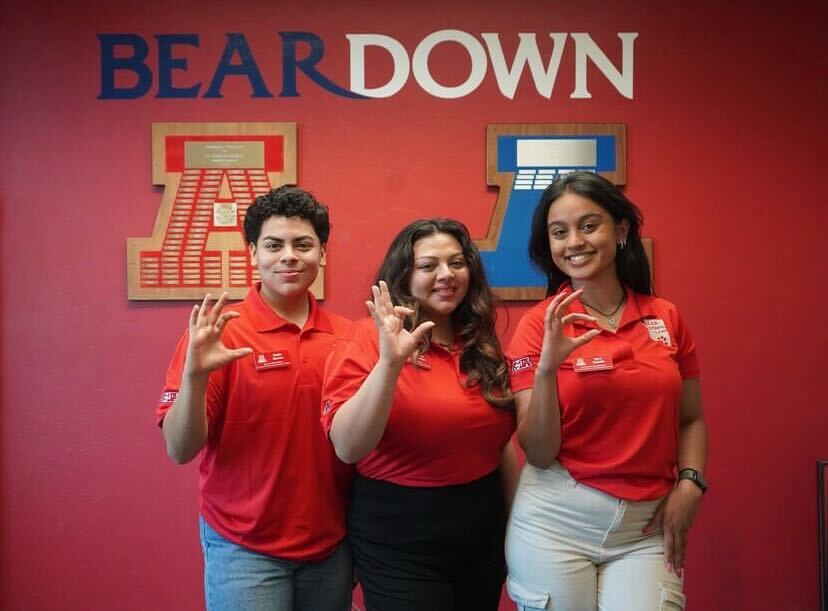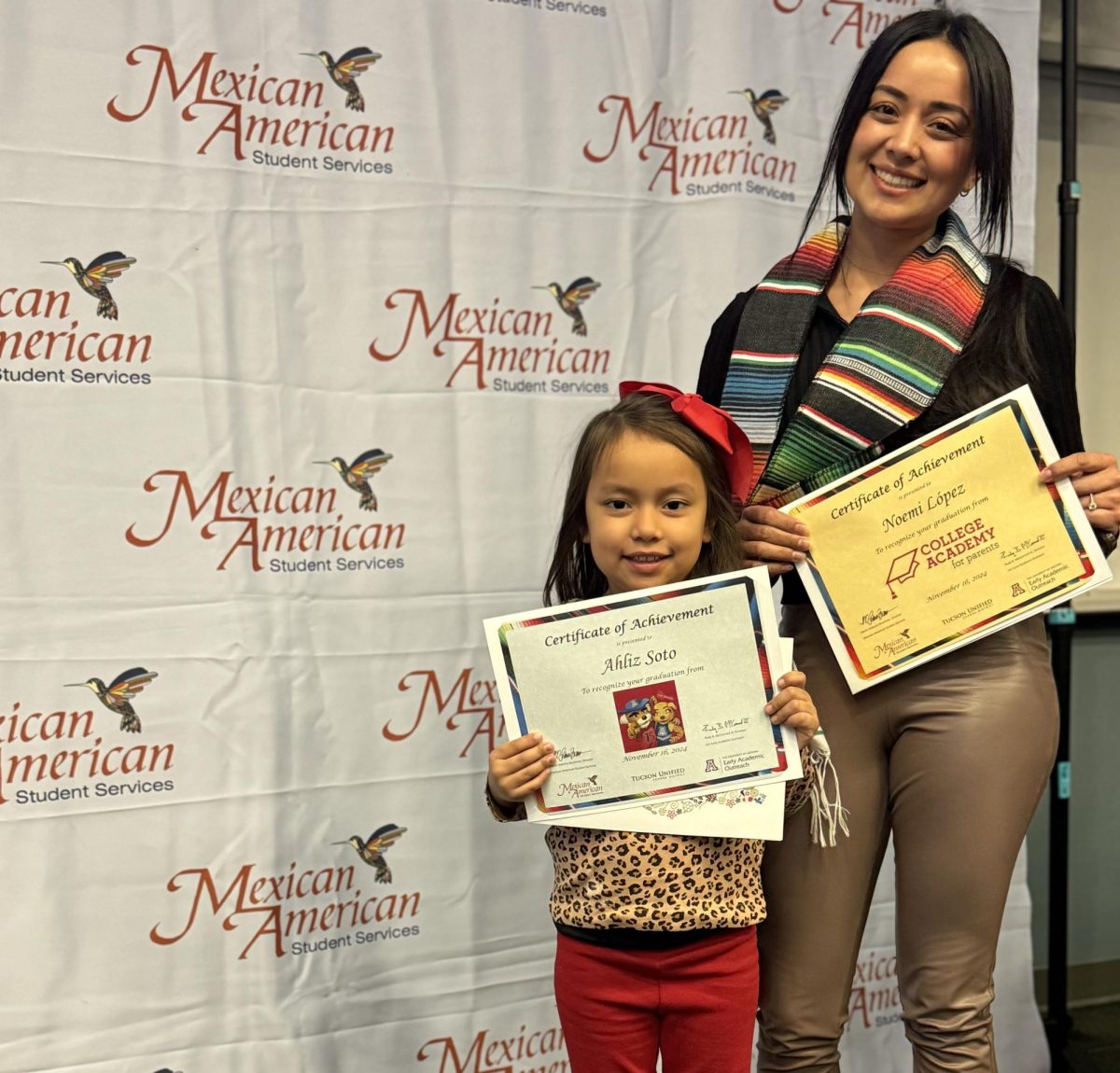Whether it’s your first year or your last year at the University of Arizona, you’ve probably seen the acronym ASUA floating around at events on the UA Mall or on social media. As we head into a fresh school year, here’s everything you need to know about student government at the UA.
What is ASUA?
Undergraduate students are represented by the Associated Students of the University of Arizona, or ASUA. Graduate students have their own government, the Graduate and Professional Student Council, or GPSC.
ASUA is composed of student leaders like the senate and executive officers and is advised by full-time university employees.
ASUA includes elected leaders but also programs and services like Campus Pantry, which provides free food for students that need it, and Bear Down Camp, which welcomes new students to the university. Student government serves a number of functions on campus, like managing student clubs and providing resources to the campus community.
This year’s executive vice president, Eddie Barron, described ASUA as “the one place where students have a really tall podium to be able to advocate for their needs.”
Who are this year’s executive officers?
Executive officers for each school year are selected through election processes that run throughout the spring semester of the previous year.
This year’s ASUA president is Alyssa Sanchez, a senior majoring in political science. Sara Kandel, a senior majoring in public health, serves as administrative vice president. Barron, a sophomore majoring in public management and policy, completes the team as executive vice president.
Each vice president position deals with a different area of student life. EVP oversees the Senate and its legislation, as well as all student clubs and their funding. AVP is primarily in charge of programs and services, such as SafeRide, FORCE and Campus Pantry.
Other student leadership roles include positions in the President’s Cabinet, the ASUA Supreme Court and the senate, which has a student representative from each college.
What will the executive officers be working on this year?
Sanchez’s goals for the upcoming school year include reducing food insecurity on campus and raising awareness for more mental health resources. She described her position as “the binding agent between administration and the student body” and stressed the importance of ASUA advocating for change to top university leadership.
One of Kandel’s primary goals for the year is to strengthen the relationship between ASUA and the university’s cultural centers.
“It’s really important to me, as well as a lot of the other people I work with, that we all see a student government that really, truly represents the student body,” Kandel said.
Barron is hoping to grow ASUA and raise awareness of more resources, like the ASUA funding available for student clubs and organizations.
How can I get involved?
Several ASUA organizations, from Wildcat Events Board to Students for Sustainability to Pride Alliance regularly hold events that are open to the student body. Additionally, services like Campus Pantry and Campus Closet offer volunteer opportunities.
Director positions are usually filled prior to the start of the school year, but any job openings like these will be advertised on Handshake. For any student interested in leading, elections will get rolling again this coming January.
Where can I ask questions or learn more about student government?
If you’re looking to get involved or still curious to learn more about ASUA, the executive officers encourage students to reach out, on Instagram (@asuatoday) or by email (asua@email.arizona.edu). Students are also free to stop by the ASUA office, which is located on the third floor of the Student Union Memorial Center.
ASUA will also be holding an open house in the office on Sept. 6 from 10 a.m. to 2 p.m. for students to stop by and get more information.
Follow the Daily Wildcat on Instagram and Twitter (X)









